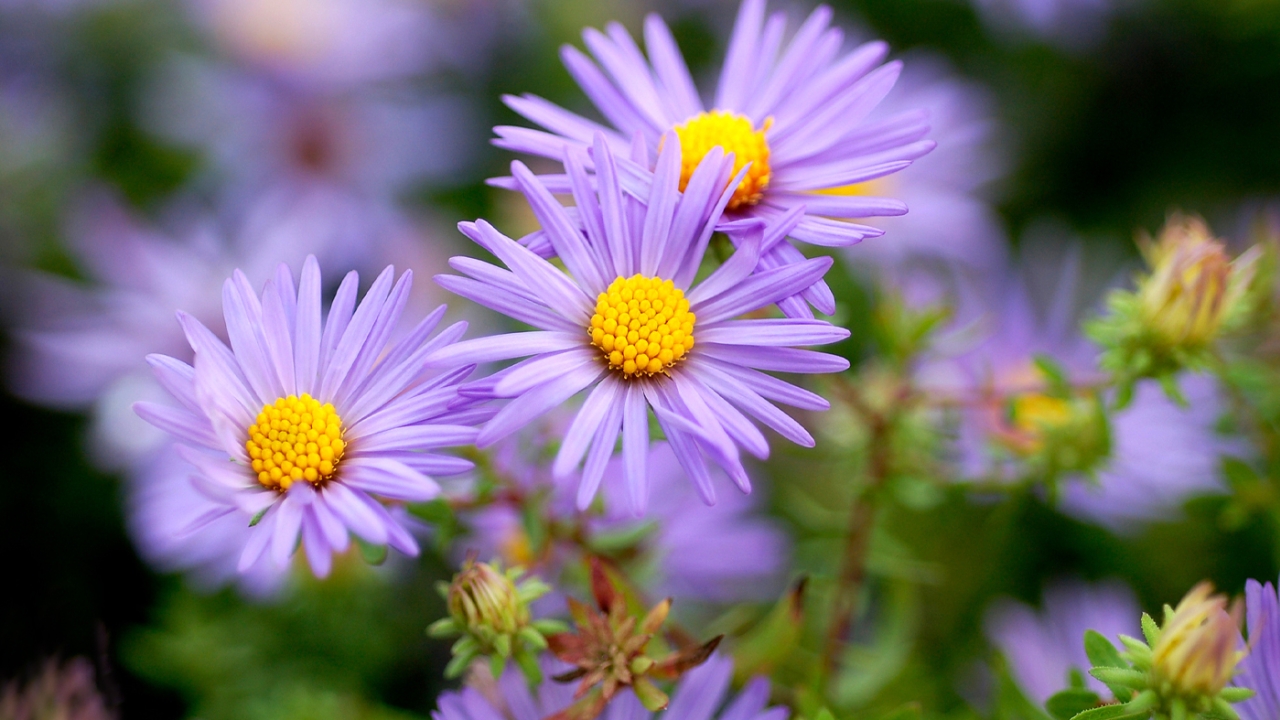

Ornamental Plant Research
Plant Breeding
The Garden’s plant breeding program develops new perennial plants for introduction to the horticulture industry and gardeners alike. Focusing predominantly on plants native to North America, the program strives to develop novel hybrids with superior ornamental traits, cold hardiness, disease/pest resistance, heat/drought tolerance, and other adaptations to the rigors of Midwestern and comparable gardening habitats. Any plants developed by the program that pass evaluation are introduced through the Garden’s collaborative Chicagoland Grows® plant introduction program.
About the Program
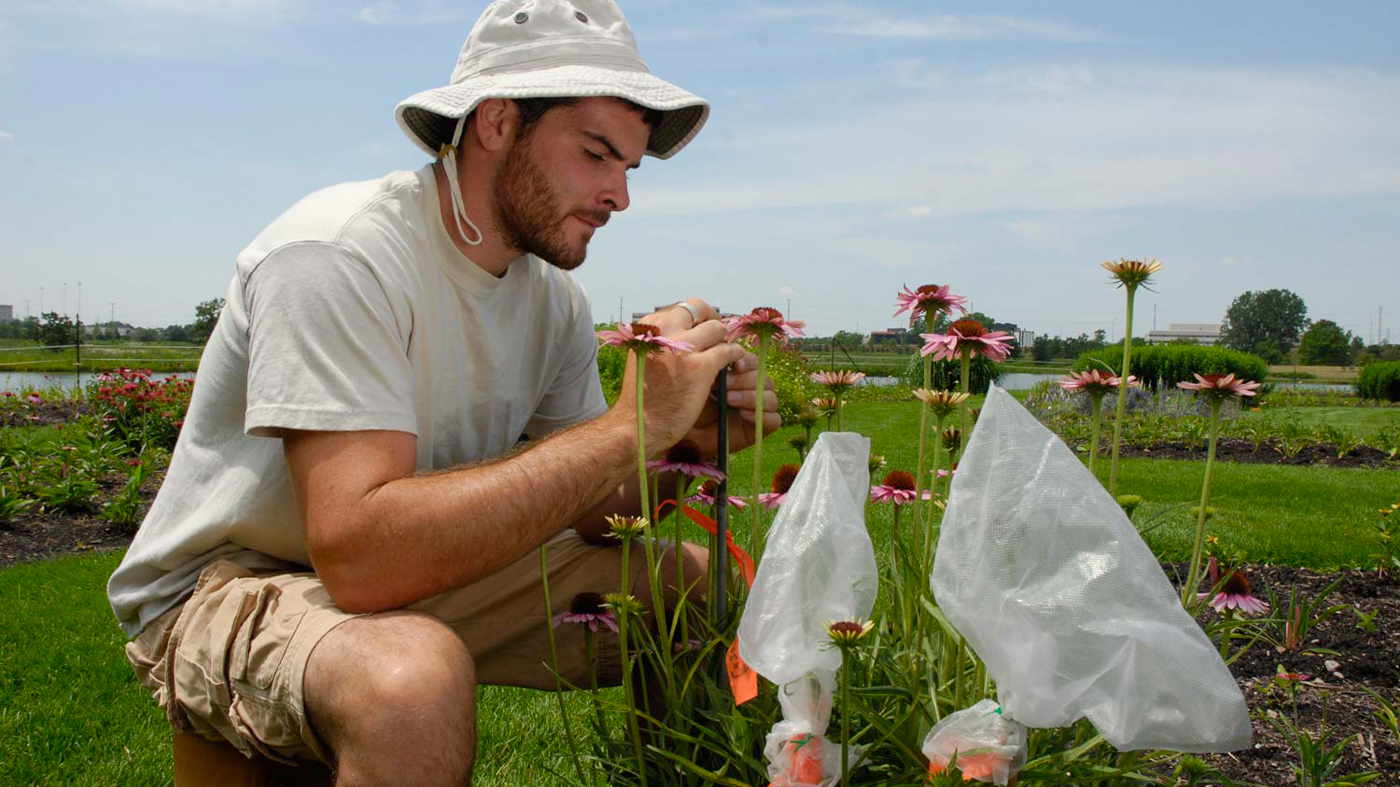
Botanic gardens and arboreta around the country are often living repositories of not only the finest, but also the most unusual and rare ornamental plants for garden cultivation and display. Yet few botanic gardens utilize their plant collections for breeding and development of new garden plants, even though the public interest in gardening and new garden plants (which persisted through the pandemic) has never been greater. Drawing on one of the Midwest's and one of the country's finest plant collections, the plant breeding program at the Chicago Botanic Garden, headed by Justin Lombardoni, aims to develop beautiful new herbaceous perennials that thrive in midwestern soils and climates.
In this era of advanced technologies such as DNA fingerprinting and gene splicing, the Garden finds traditional plant breeding methods still invaluable for developing new ornamental plants. The general steps for this process are as follows:
- Selecting parents that each have desirable traits, such as attractively colored flowers, compact height, drought tolerance, or resistance to a plant pest or disease.
- Determining when to collect pollen and when female flowers are receptive, then making controlled crosses of flowers.
- Typically preceded by placing maternal flowers behind barriers to prevent biotic and abiotic vectors from pollinating the flowers with undesirable pollen.
- Also sometimes preceded by emasculating the maternal parent to prevent self-pollination (depending on the taxon).
- Monitoring plants for seed ripening, then collecting and germinating seed.
- Growing and evaluating thousands of progeny plants.
- Selecting best plants for further breeding and/or evaluation as potential releases.
This process repeats until the right combination of desirable traits is found without the less desirable traits from the original parent plants. As a supplement to the traditional breeding process, chemical mutagenesis has also been implemented to induce point mutations or polyploidy to see what desirable phenotypic changes may arise.
Many of the priority genera in the breeding program are taxa indigenous to North America. There is a wealth of naturally occurring plant taxa largely unexplored as subjects for garden cultivation. Genera and their respective species are first researched for their preferred environmental conditions to ensure that they will thrive in the harsh conditions of the Upper Midwest. Anticipated effects of climate change and how it will impact our climate in years to come are also considered. Promising genera are then surveyed across several major competitors to ensure that the Garden works on genera that are not already saturated with cultivars. As such, the garden seeks to develop and introduce plants primarily in niche genera that can enrich the average garden.
Further exploration of genera involves referencing the ecological and plant taxonomic literature to find interspecific hybrids that occur in nature. The breeder then attempts to reproduce these hybrids under controlled conditions. Advanced generation breeding and selection can produce unique genotypes with novel ornamental attributes of flower color and fragrance, plant habit, better cold and heat tolerances, and improved adaptability to the stressors encountered in urban landscapes, such as compacted and alkaline soils.
Most of the prominent genera in the history of the breeding program—asters (Symphyotrichum), false indigos (Baptisia), ironweeds (Vernonia), phlox (Phlox), coneflowers (Echinacea), and several grass genera—are native to North America. Further genera, both native and non-native, will be explored for breeding potential based on the aforementioned criteria. Promising individual plants are selected and clonally propagated for evaluation by the Garden's Plant Evaluation Program as well as other cooperative evaluators. The plants that earn the highest marks are introduced to the horticultural trade and home gardeners through the Chicagoland Grows® Plant Introduction Program.
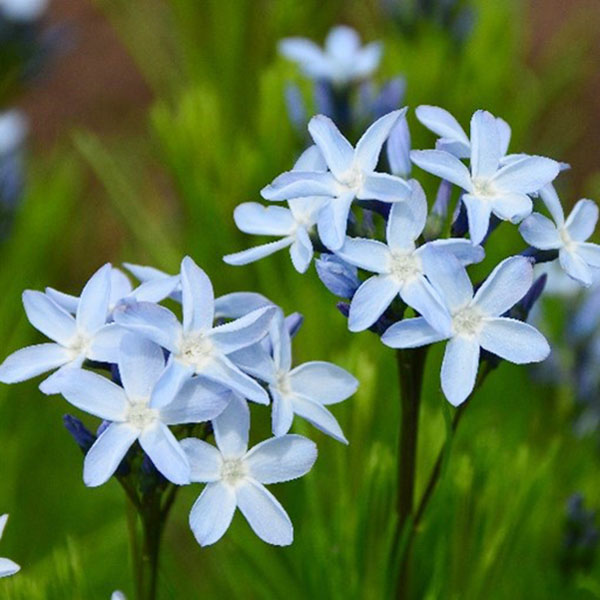
Amsonia ciliata var. filifolia ‘Verdant Venture’ PP 33,415
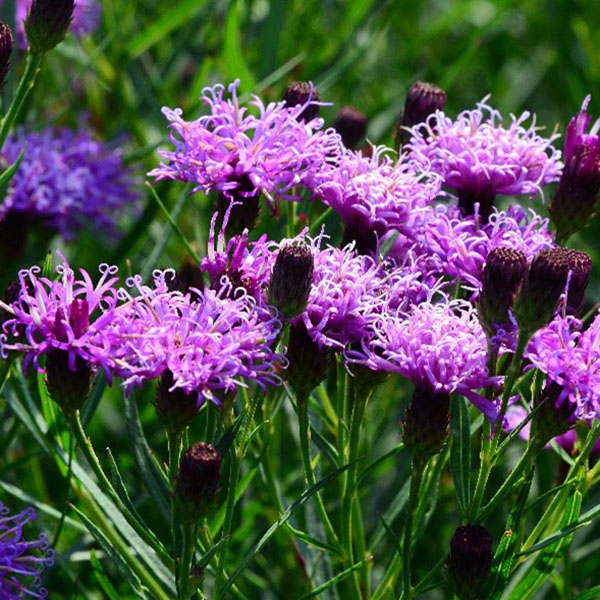
Vernonia hybrid ‘Summer’s Surrender’ PP 28,475
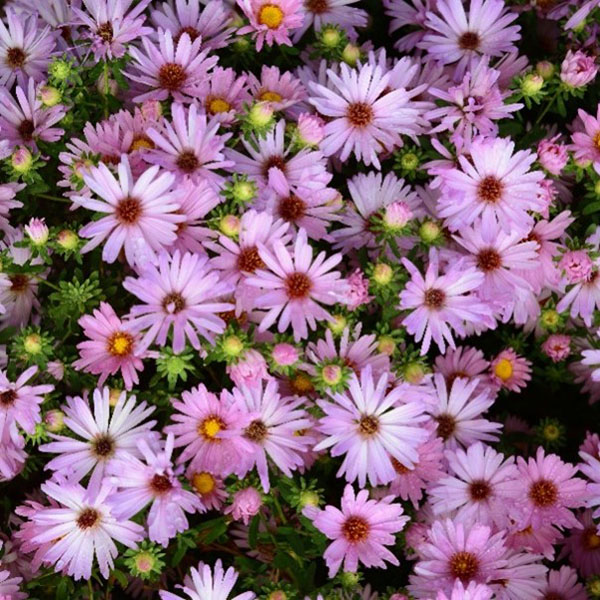
Symphyotrichum hybrid ‘Billowing Pink’ PP 32,556

